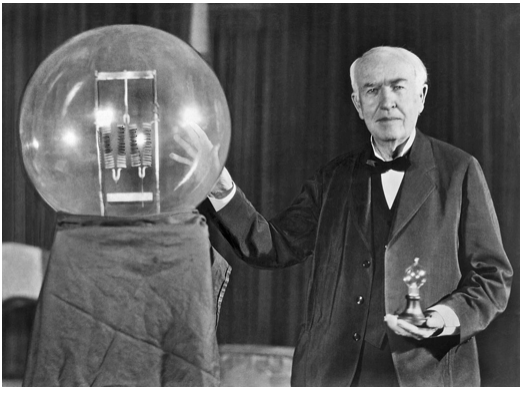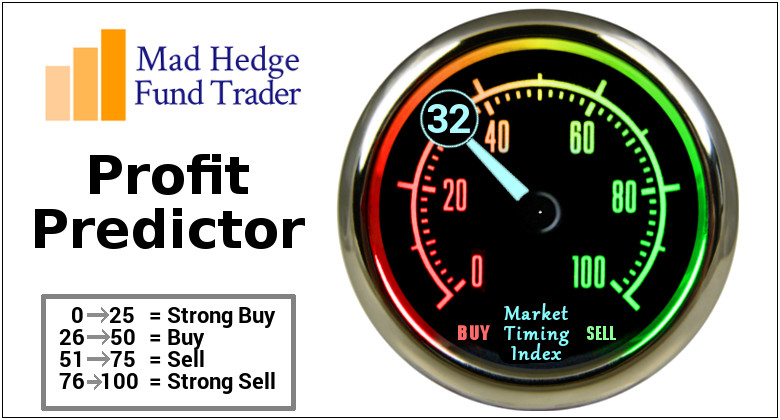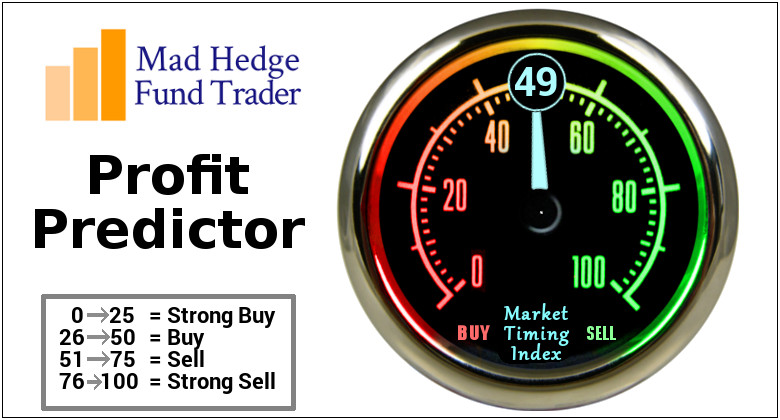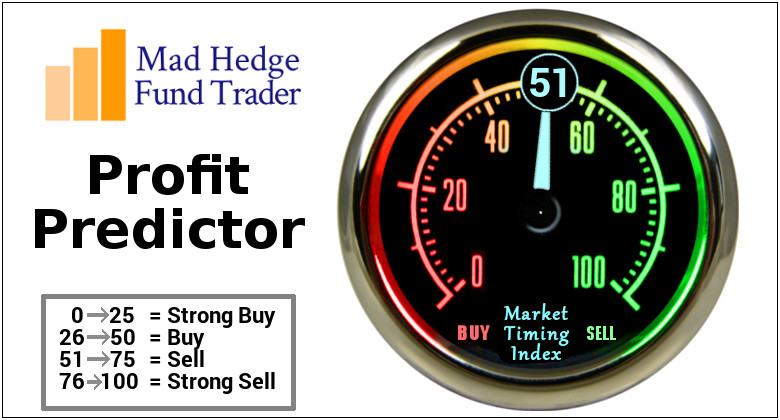
“At some point in 2019, knuckles are going to be turning white, and we'll see whatever rabbits Janet Yellen is going to have to pull out of her hat,” said David Rosenberg of Gluskin, Sheff & Associates.
Global Market Comments
October 14, 2025
Fiat Lux
Featured Trade:
(HOW TO HANDLE THE FRIDAY, OCTOBER 17, OPTIONS EXPIRATION),
(GS), (JPM)
“I am not so much an inventor of new ideas than a sponge,” said Thomas Edison.
Global Market Comments
October 13, 2025
Fiat Lux
Featured Trade:
(MARKET OUTLOOK FOR THE WEEK AHEAD, or A FRIDAY AFTERNOON SURPRISE)
($INDU), (SPY), (GLD), (TLT), (USO), ($VIX),
(GS), (MSTR), (TSLA), (NFLX), (IBKR)
"If I had a ticket to Heaven, and you didn't have one, I'd give it away and go to hell with you," said president Ronald Reagan to retiring House Majority leader Tip O'Neal.
Global Market Comments
October 10, 2025
Fiat Lux
Featured Trade:
(PROSHARES ULTRA SILVER ETF LEAPS),
(AGQ)
Global Market Comments
October 9, 2025
Fiat Lux
Featured Trade:
(RIGHT-SIZING YOUR TRADING)
"Going to weddings and funerals is part of being a financial advisor," said Theresa Chacopulos of Wells Fargo Private Banking, the top-producing financial advisor in Arizona.
Global Market Comments
October 8, 2025
Fiat Lux
Featured Trade:
(THE CODER BOOM)
“Interest rates are gravity. When they are zero, shares prices can go to infinity. When they are high, as they were during the early 1980’s, the gravitational pull can be very strong,” said Oracle of Omaha, Warren Buffet.










